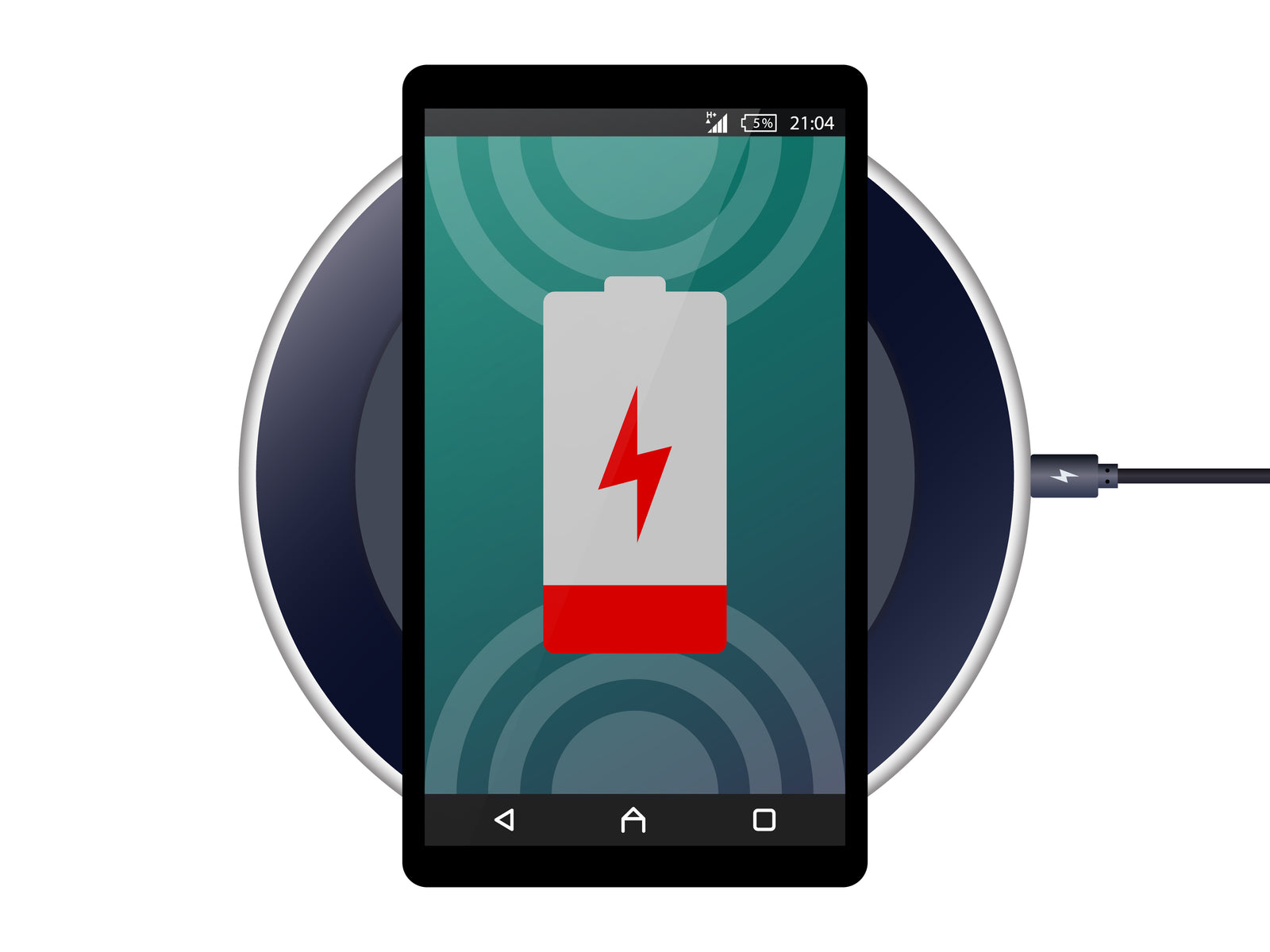
If you’re working in a modern office or at least one that makes use of a range of different devices, you will undoubtedly understand the utility of a reliable charging station. Given the fact that most high-end devices incorporate wireless charging capabilities nowadays, any charging station you might end up getting should also feature Qi charging capabilities.
We won’t go into too much detail about the functionality of wireless chargers as most of us have been introduced to at least one by now. Even if you haven’t, bear in mind thata Qi charging station operates on the same principles as a traditional charger, with the added benefit of employing inductive charging technologies for good measure.
Seeing how we nowadays use more and more smart devices and appliances on a daily basis, the utility of using a multi-function charging station should be obvious. Back in the day, you had to use a separate charger for each individual device you might have owned. This seems to have become a thing of the past with the advent and popularization of Qi chargers.
Now, a lot can be said about the practical nature of inductive chargers and their versatility, especially if we compare them with standard wired chargers. Furthermore, even though some versatile wired chargers can accommodate a multitude of devices, that’s nothing compared to the universal compatibility and range of modern Qi chargers.
A versatile interface
In order for a charging station to accommodate various devices, it needs to not only scale its inductive charge according to each receiver’s parameters but also to incorporate multiple charging options. A decent charging station will thus have a lightning interface for iPhones, a micro USB, and Type-C for Android phones.
On top of all this, it might also make good use of a versatile charging transmitter for peculiar devices that feature Qi-charging capabilities but on a more basic level. This way, the device and the charger don’t have to actually synchronize but rather deliver a steady charge that a Qi-ready battery can make good use of.
You might also want to be on the lookout for a charging station that employs a rotatable dock for a broader application range. Bear in mind that some Huawei and Pixel phones may have issues when left on top of the charging pad for extended periods of time. Then again, you should probably check the reviews before committing to a purchase, whether it’s a standard charger or a charging station.
Speed is of the essence
Even though it wouldn’t be wise to judge a charging station based on its charge speed alone, this is certainly a factor to consider when choosing between two or more similar chargers. Unlike basic chargers, charging stations enjoy a broader and more diverse range, so stability and versatility should always take precedence to speed in the literal sense.
With that in mind, know thata decent Qi charging station should deliver between 7.5 and 10 Wh or even more to be considered functional and reliable. This isn’t to say that every device will charge up at the same speed, but you can probably get a good idea about their capabilities when switching between devices.
It needs to be said, however, that when it comes to low-power devices like iWatches and AirPods, the speed of most third-party chargers will always be inferior to the chargers made by Apple themselves. This has more to do with the fact that proprietary chargers can establish a much stronger inductive connection between coils by virtue of how Apple builds their hardware.
This, unfortunately, is something that many people don’t yet realize about most Apple products; mainly that the company is more concerned with increasing compatibility between their own devices rather than facilitating operability with external or third-party components. Then again, this is Apple we’re talking about so it shouldn’t come as too much of a shock.
Certifications and compatibility
Although speed plays a major role in determining which charger to get, you would do well to also pay close attention to the charger’s certifications and overall compatibility. As we mentioned already, some manufacturers may design their devices to mainly work with proprietary chargers, with universal compatibility being no more than an afterthought.
For the most part, you want a charging station that benefits from CE, FCC, and RoHS certification. If you have to choose, make sure that your charger of choice is certified in accordance with your particular country or state. While we’re at it, ensure that the manufacturer’s standards fit the current market standards to avoid any later issues.
You will notice that some wireless chargers make good use of integrated safety systems while others do not. For instance, know thata decent Qi charging station will often incorporate built-in chips with overcharge protection, a system for shutting off the device past a certain temperature, and/or a short circuit protection mechanism.
It is also essential for any charging station you may choose to also maintain these functional standards across a variety of different devices. While many high-end phones already incorporateovercharge protection systems for wireless charging, the ones that don’t would definitely benefit from a good charging station that turns itself off to prevent potential damage while charging.
Conclusion
Because charging stations are designed to be more accommodating than regular chargers, you can expect a decent model to not only meet the required operational standards of a standard charger but also add a touch of versatility to the mix. As you can imagine, this usually comes at some financial cost, albeit a justified one all things considered.
On top of all this, one might also expect a charging station to be far more accommodating to off-brand devices and/or appliances that feature unconventional inductive technologies. Until an international standard emerges, you can expect various Qi-ready devices to operate on separate yet seemingly similar principles.






